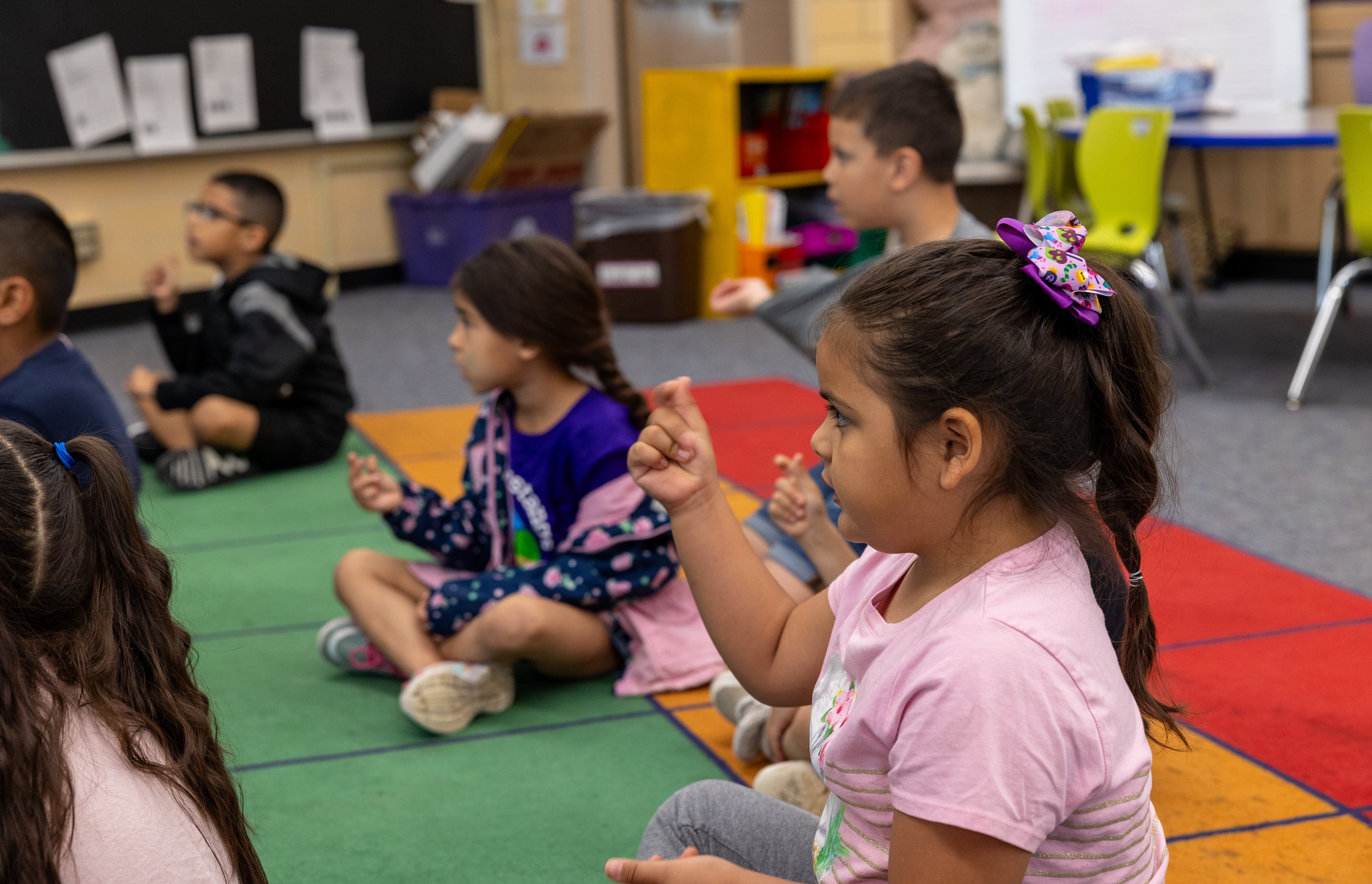It’s been said thousands of times but bears repeating: the summer of 2021 promises to be a most unusual one as schools, districts, nonprofits, parents and others roll up their sleeves to help counteract some of the learning losses of the pandemic—and simply bring children together again safely. Then again, what could be more normal than corralling a group of children in summer, whether to learn how to multiply fractions or swing a bat?
As Summer Learning Week begins, we’ve pulled together an unofficial list of Wallace’s Top 4 Summer Learning Publications. A majority of the research stems from the experiences of five urban school districts and their partners who formed Wallace’s National Summer Learning Project (NSLP) from 2011 through 2016. While the most current findings and popular tools headline the list, there is much more to be discovered in the Summer Learning section of Wallace’s Knowledge Center, all of which can be easily downloaded free of charge.
The First Stop for Summer Learning Practitioners
Based on the RAND Corporation’s evaluations from the NSLP, Getting to Work on Summer Learning: Recommended Practices for Success, 2nd ed addresses questions about how to implement a high-quality summer learning program and offers evidence-based recommendations around such topics as timing, hiring and training, and how to recruit students. For example, do you know the recommended month to begin planning a summer program? (If you guessed January, gold star.) Many more specific recommendations and guidance await your perusal.
Running a High-Quality Program Shows Meaningful Results
Every Summer Counts: A Longitudinal Analysis of Outcomes from the National Summer Learning Project also stems from RAND and the NSLP and finds both short-term and long-term benefits among students who consistently attended voluntary five- to six-week summer learning programs. The largest and longest study of its kind, the research confirms previous studies finding that after the first summer high-attenders outperformed control group members in math, and after the second summer, high-attenders saw advantages in math, language arts and social-emotional skills. This report shows that even three years after the second summer, while academic benefits had decreased in magnitude and were not statistically significant, they remained educationally meaningful. All of this suggests that summer programs can be an important component in how school districts support learning and skill development, particularly for children from low-income families who may face widening achievement and opportunity gaps in any summer, let alone this one post-COVID.
A Hands-On How-To Guide for High-Quality Summer Learning
This online resource hub houses more than 50 evidence-based tools, templates and resources used successfully by NSLP’s districts and their partners. Additional resources created by field experts round out the offerings, all of which are aligned to RAND’s key research findings and contain guidance for how to use them. Each section of the toolkit includes a timeline for when you should start thinking about the various components of planning and design. Maybe you’re late to the toolkit for this summer, but fear not, you can begin many of the pre-planning and logistical steps for next summer this fall.
What Parents Want from Out-of-School Programs This Summer
For this recently released study, Edge Research and Learning Heroes surveyed parents of K-8th grade children, out-of-school-time (OST) professionals, field leaders and others to explore the unique role OST programs play in youth development compared with home and school as well as the impact of COVID-19 for this summer and beyond. Among the many nuggets, the researchers found that parents were indeed concerned about the impact of the pandemic, with many expressing fears that their children were struggling academically, socially and emotionally. Overall parents identified three priorities for what they’d like to see summer programming address for their children: their social and emotional health, providing them with physical outdoor activities and helping them discover their passion and purpose.



